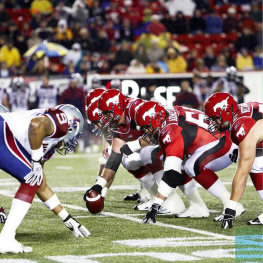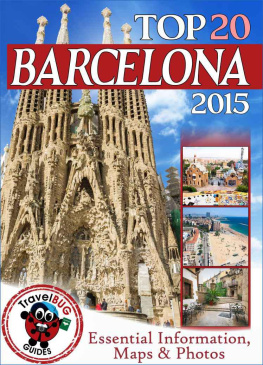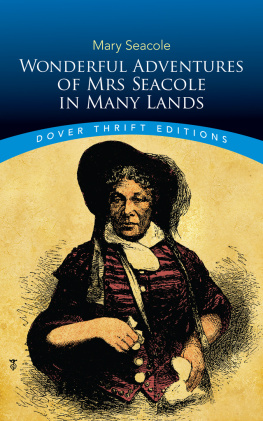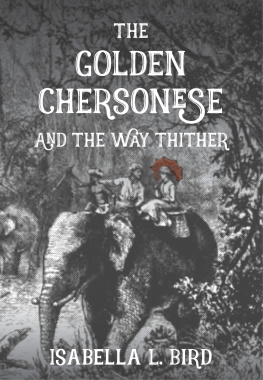Tuul & Bruno Morandi/SIME/4Corners Images
WELIGAMA BEACH
Contents
Michele Falzone/AWL Images
Introduction to
Sri Lanka
Sri Lanka has seduced travellers for centuries. Marco Polo called it the finest island of its size in the world, while successive waves of Indian, Arab and European traders and adventurers flocked to its palm-fringed shores, attracted by reports of rare spices, precious stones and magnificent elephants. Poised just above the Equator amid the balmy waters of the Indian Ocean, the island has inspired a sense of romance even in those who have never visited the place. Fancifully minded geographers, poring over maps of the island, likened its outline to a teardrop falling from the tip of India or to the shape of a pearl (the more practical Dutch compared it to a leg of ham), while even the name given to the island by early Arab traders, Serendib, gave rise to the English word serendipity an unexpected discovery leading to a happy end.
Marco Polos bold claim still holds true. Sri Lanka packs an extraordinary variety of attractions into its modest physical dimensions. Idyllic beaches fringe the coast, while the interior boasts a compelling variety of landscapes ranging from wildlife-rich lowland jungles, home to extensive populations of elephants, leopards and rare endemic bird species, to the misty heights of the hill country, swathed in immaculately manicured tea plantations. There are plenty of man-made attractions too. Sri Lanka boasts more than two thousand years of recorded history, and the remarkable achievements of the early Sinhalese civilization can still be seen in the sequence of ruined cities and great religious monuments that litter the northern plains.
The glories of this early Buddhist civilization continue to provide a symbol of national pride, while Sri Lankas historic role as the worlds oldest stronghold of Theravada Buddhism lends it a unique cultural identity which permeates life at every level. Theres more to Sri Lanka than just Buddhists, however. The islands geographical position at one of the most important staging posts of Indian Ocean trade laid it open to a uniquely wide range of influences, as generations of Arab, Malay, Portuguese, Dutch and British settlers subtly transformed its culture, architecture and cuisine, while the long-established Tamil population in the north have established a vibrant Hindu culture that owes more to India than to the Sinhalese south.

It was, for a while, this very diversity that threatened to tear the country apart. For almost three decades Sri Lanka was the site of one of Asias most pernicious civil wars, as the Sri Lankan Army and the LTTE, or Tamil Tigers, battled it out in the islands north and east, until the final victory of government forces in 2009. The decade of postwar peace since then hasnt always been easy, but the island is now looking once again to the future with a fresh sense of optimism and energy.
Where to go
All visits to Sri Lanka currently begin at the international airport just outside Colombo, the islands capital and far and away its largest city a sprawling metropolis whose contrasting districts offer an absorbing introduction to Sri Lankas myriad cultures and multilayered history. Many visitors head straight for one of the west coasts beaches, whose innumerable resort hotels still power the countrys tourist industry. Destinations include the package-holiday resorts of Negombo and Beruwala, the more stylish Bentota, and the old hippy hangout of Hikkaduwa. More unspoilt countryside can be found north of Colombo at the Kalpitiya peninsula and in the vast Wilpattu National Park nearby, home to leopards, elephants and sloth bears.
Beyond Hikkaduwa, the south coast is significantly less developed. Gateway to the region is the marvellous old Dutch city of Galle, Sri Lankas finest colonial town, beyond which lies a string of fine beaches including the ever-expanding villages of Unawatuna and Mirissa along with quieter stretches of coast at Weligama and Tangalla, as well as the lively provincial capital of Matara, boasting further Dutch remains. East of here, Tissamaharama serves as a convenient base for the outstanding Yala and Bundala national parks, and for the fascinating temple town of Kataragama.
Fact file
Lying a few degrees north of the Equator, Sri Lanka is slightly smaller than Ireland and a little larger than the US state of West Virginia.
Sri Lanka achieved independence from Britain in 1948, and did away with its colonial name, Ceylon, in 1972. The country has had a functioning democracy since independence, and in 1960 elected the worlds first female prime minister.
Sri Lankas population of 22.5 million is a mosaic of different ethnic and religious groups, the two largest being the mainly Buddhist Sinhalese (75 percent), and the predominantly Hindu Tamils (15 percent); there are also considerable numbers of Christians and Muslims. Sinhala, Tamil and English are all officially recognized languages.
Sri Lankans enjoy a healthy life expectancy of 77 years and a literacy rate of almost 93 percent, but also have one of the worlds highest suicide rates.
Cricket is a countrywide obsession, although the official national sport is actually volleyball.
The countrys main export is clothing, followed by tea; coconuts, cinnamon and precious gems are also important. Revenues from tourism are vital to the national economy, while remittances from the hundreds of thousands of Sri Lankans working overseas (mainly in the Gulf) are also significant.
Alamy
ASIAN ELEPHANT, MINNERIYA NATIONAL PARK
Sri Lankan Buddhism
Buddhism runs deep in Sri Lanka. The island was one of the first places to convert to the religion, in 247 BC, and has remained unswervingly faithful in the two thousand years since. As such, Sri Lanka is often claimed to be the worlds oldest Buddhist country, and Buddhism continues to permeate the practical life and spiritual beliefs of the majority of the islands Sinhalese population. Buddhist temples can be found everywhere, often decorated with superb shrines, statues and murals, while the sight of Sri Lankas orange-robed monks is one of the islands enduring visual images. Buddhist places of pilgrimage the Temple of the Tooth at Kandy, the revered footprint of the Buddha at Adams Peak, and the Sri Maha Bodhi at Anuradhapura also play a vital role in sustaining the faith, while the national calendar is punctuated with religious holidays and festivals ranging from the monthly full-moon poya days through to more elaborate annual celebrations, often taking the form of enormous processions (peraheras), during which locals parade through the streets, often accompanied by elaborately costumed elephants. For more on , turn to our Contexts chapter.
















